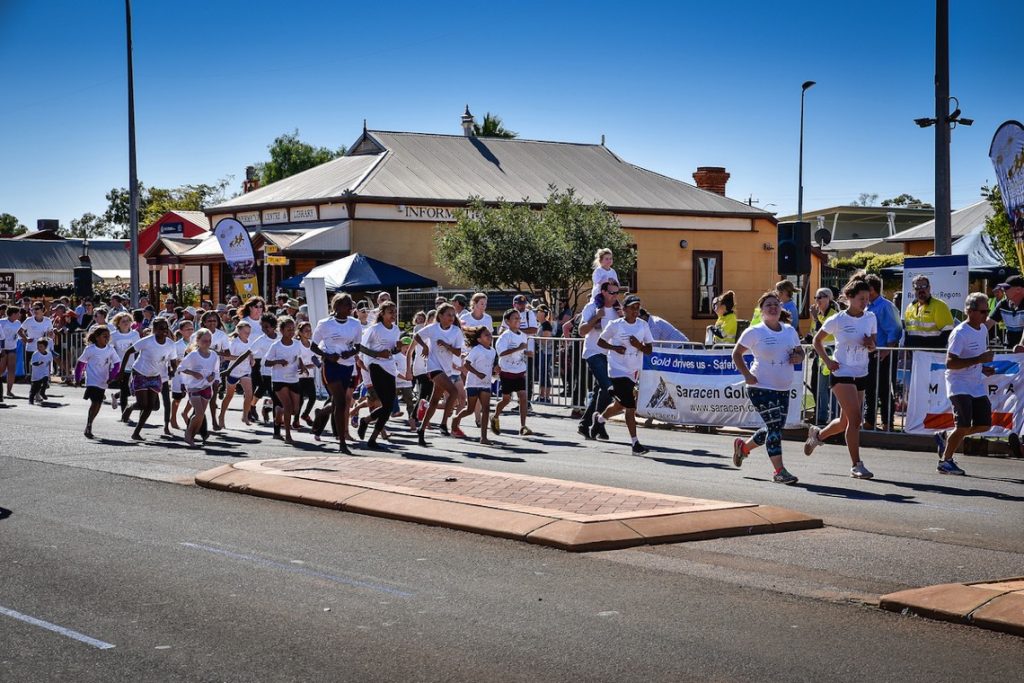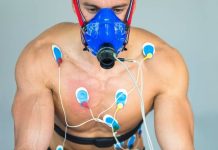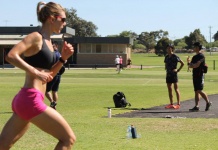School life is full of stress and anxiety at every level. Studying, researching different topics, and making summaries every day can make a student’s life stagnant and boring, resulting in depression and failure.
To help prevent such issues, most schools have incorporated physical education classes. These classes involve several physical activities that help in improving the quality of students’ lives.
Importance of Physical Education (PE)
- PE allows students to enjoy and succeed in various physical activities. Students get to develop several skills and the ability to use strategies, compositional ideas, and tactics to perform successfully both physically and academically.
During participation, students think about what they’re doing, analyze their situation, and make informed decisions. As a result, they develop confidence and understand the importance of healthy lifestyles.
Other Benefits of Physical education include:
- Encouraging a healthy and active lifestyle
- Nurturing sportsmanship in all aspects of competition
- Assists students to reach their physical potential in a variety of sporting environment
- Develop their confidence
- Promote physical body image in teenagers, especially among girls
Benefits of Running for Student
What type of activity is running? Running or jogging is a popular form of physical activity. Running appeals to many individuals since it doesn’t cost a lot to take part and you can run anywhere, anytime.
Running is an essential part of physical education. Any free physical education essay example at https://gradesfixer.com/free-essay-examples/physical-education/ talks about the benefits of running for the young body of students. The benefits include improvement of overall health and academic performance.
With the help of essays, students will learn how to get better at running. Also, they will get new ideas on how to write and improve their content and essay paper structure. With that said, let’s look at the various benefits of running.
Improved cardiovascular health
Running prepares your heart for heavy loads so you won’t feel any discomfort and pain when lifting your heavy backpack. Short jogs during physical education class help to increase the contractions of your heart muscle per minute. As a result, you will have a healthy cardiovascular system.
Helps students learn about perseverance
Just like any sport, improvement doesn’t happen overnight. Therefore, running can help students learn about the power of perseverance and practice. As they run regularly, their stamina and performance improve. They will also discover that they can stick to something and succeed, even if it seems hard.
Improves confidence
Besides physical health improvement, running can boost your confidence and self-esteem. Confidence can have a positive aspect in all areas of a student’s life. It will help a kid integrate quickly and make friends.
Relives Stress
At school, many things can trigger stress, from endless coursework to bullying. Running can help reduce stress and anxiety, which can cause some health and mood-related problems. Stress can also affect a student’s appetite and sleep quality.
When you jog, you push your body to utilize excess energy and hormones, thus alleviating stress and anxiety. In addition, running eliminates the risk of experiencing tension headaches.
Improve brain and memory health
Enhanced brain and memory well-being are among the many health benefits of running, especially for students. As a physical activity, running helps to increase blood flow to your brain. As such, your brain receives sufficient oxygen. Enough oxygen in your brains means improved memory, reaction, and other characteristics of your body. Also, it means improved academic performance – you will understand and memorize different concepts easily.
How to make running as safe as possible for students
Physical education teachers must select the best running shoes for students. The shoes should fit well and have good support with a thick shock-absorbing sole. Students should also avoid wearing socks made from 100% cotton. When cotton gets wet, it stays wet, meaning you will have blisters during summer and cold feet if it’s winter.
To prevent injuries while training and running:
- Students should receive sports physical before they run
- Train sensibly, by increasing distance and speed gradually
- Stretch and warm-up before running
- Stop running if they feel pain or get hurt
Additionally, students should dress for the weather. If it’s cold, they need warm layers of sweat-wicking fabric, gloves, and a hat. During hot days, they need extra water and light-colored clothing.
Conclusion
Running as part of physical education is incredibly beneficial to the student’s body, mind, and spirit. Short runs can leave the student feeling more energized, focused, and healthy.
A student who runs regularly will experience improved mental health and increased academic performance.
Thank you for stopping by.

















